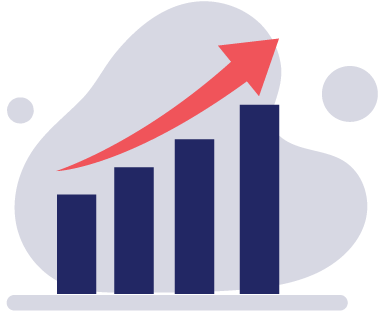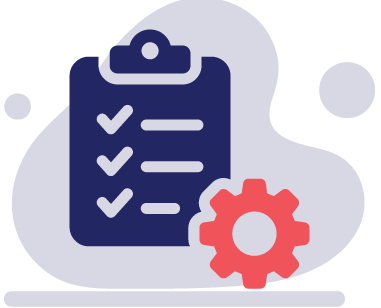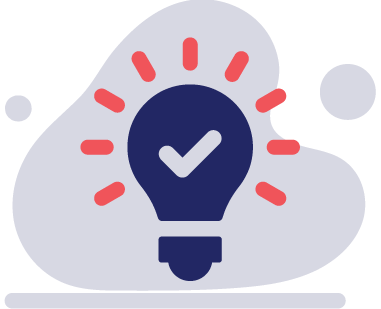Mark Twain told us, “The secret of getting ahead is getting started. The secret of getting started is breaking your complex overwhelming tasks into small manageable tasks, and starting on the first one.”
At Trundl we work with many companies, large and small, that are in different stages of their Agile journey. There are multiple certainties that we see often. First, organizations want to plan better. Second, it can be really hard to build processes to help with planning. Third, it is equally difficult to encourage adoption of the frameworks that help teams plan.

What about when companies grow, and need to scale their development?
As a company grows, so might the number of products and features it provides to its customers. With more products, or the need to build a lot of features for a flagship product, comes the need for more development teams.
Agile to the rescue!
Using Agile methodologies helps our teams deliver value faster to their customers. Some of these teams work in Scrum, some in Kanban, and some work somewhere in the middle of the two. All of these teams have to plan what they will work on, and when they will deliver it, and they all have reporting requirements from their leadership and customers.
What happens when they are all working towards common goals? Well, the teams have to become aligned. There needs to be transparency and collaboration.
There is a framework for that!
This usually requires a framework like Scaled Agile Framework (SAFe®) to help grow Agile adoption across the organization. Implementing the framework is the first step. Then comes the tricky part, which is getting everyone on the same page.
Everyone needs the answers to questions like:
- What are the priorities of our product’s features?
- What are our goals?
- What are our cross-team dependencies?
- What is the overall vision again?

What is PI Planning?
Program Increment (PI) Planning is a critical event that is part of the Scaled Agile Framework (SAFe®), which is conducted by the development teams in an Agile Release Train (ART). Teams in the ART get together, over two days, to synchronize, discuss the overall vision, plan work, and discuss dependencies for the next 5 iterations.
PI Planning is facilitated by the ARTs Release Train Engineer (RTE). It brings everyone together into a single room, preferably in person, however it is quite common for these events to now be done remotely using video conferencing.
There are three required inputs needed to start a PI Planning event.
These are:
- Business context
- Roadmap and vision
- Top 10 features in the Program Backlog
There are two outputs of a successful PI Planning event.
These are:
• Committed PI Objectives
• Program board

Why do PI Planning?
As mentioned earlier, when organizations start their journey into SAFe®, one goal of using the framework is to align development teams. That is where PI Planning comes into play.
Think about it like this. An organization with 1 to 3 teams is likely aligned at the leadership level, and even possibly aligned at the team level; however, if the organization has 100 to 1000 teams, it is likely that many of those team members have never even met each other!
In fact there are likely many levels of management between the people that are defining the vision to the team that is building an individual feature to support the execution of that vision.
One of the principles behind the Agile Manifesto states that “Agile processes promote sustainable development. The sponsors, developers, and users should be able to maintain a constant pace indefinitely.”
PI Planning helps development teams synchronize, and when done correctly, should lead to an increase in value for the customer. Conducting PI Planning events in the frequency that is defined in the SAFe® framework can help organizations maintain that constant pace that the Agile Manifesto calls for.
This leads to the teams in the ART meeting their scheduled releases, and it ideally leads to all levels of management having visibility into what is being worked on, and when it is supposed to be delivered, as well as what was worked on, and if it was delivered on time.
Therefore, PI Planning is critical to the success of organizations using SAFe® as they continue to grow.
In our next post, we will introduce the tool that tells our teams, what they are working on, when they are working on it, and what the dependencies are. This is the Program Board.
Thank you for reading, and stay tuned!


